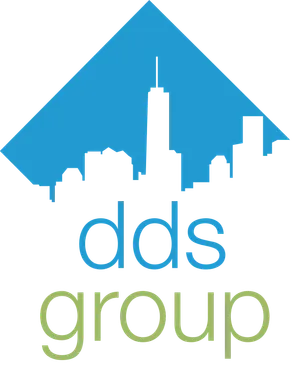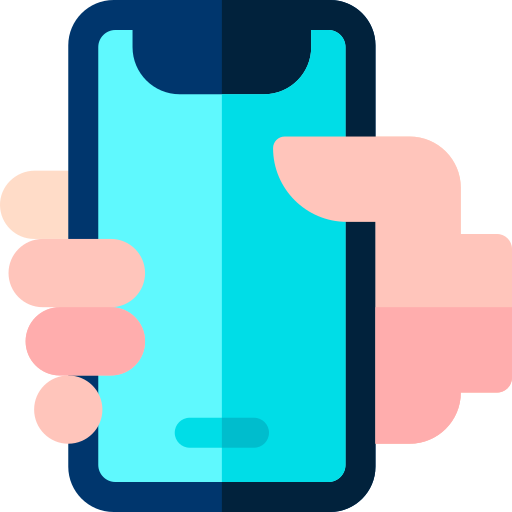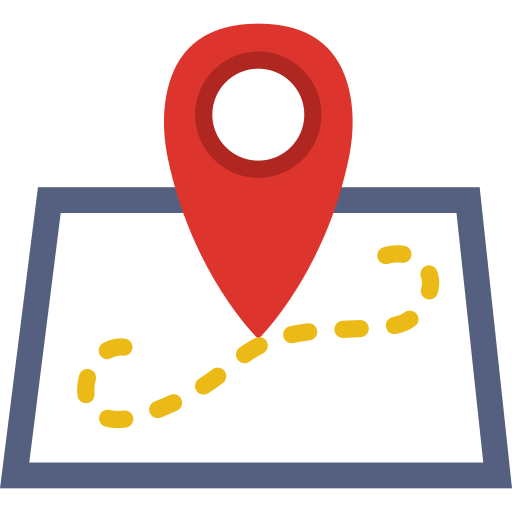Dental technology has introduced innovative advancements over the last few years, making dental appointments quicker and much more thorough. Some of the laborious tasks of dentistry have been simplified and the process for several of these duties has proven more efficient.
Technology has already altered our everyday lives at home and in the workplace, making it only a matter of time until modern developments changed how patients perceived a routine dental appointment. Here are the pieces of technology we have in our office.
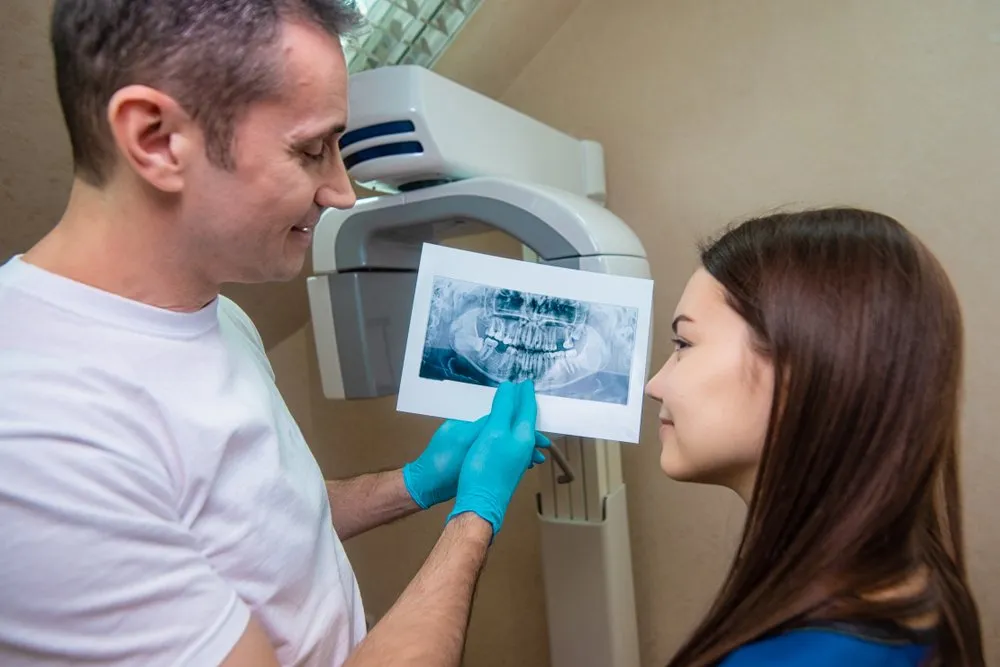
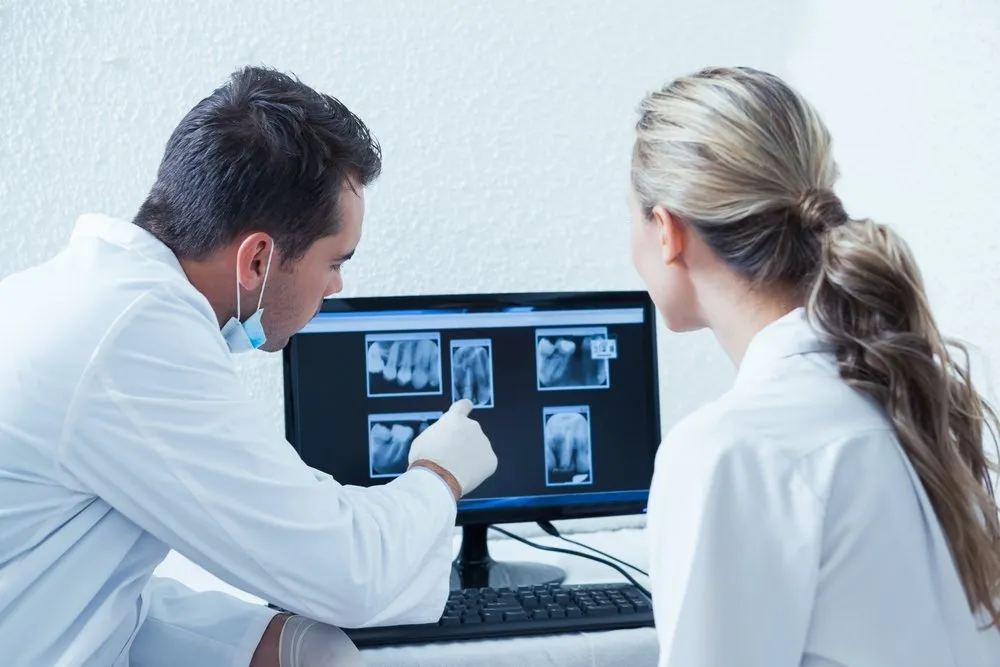
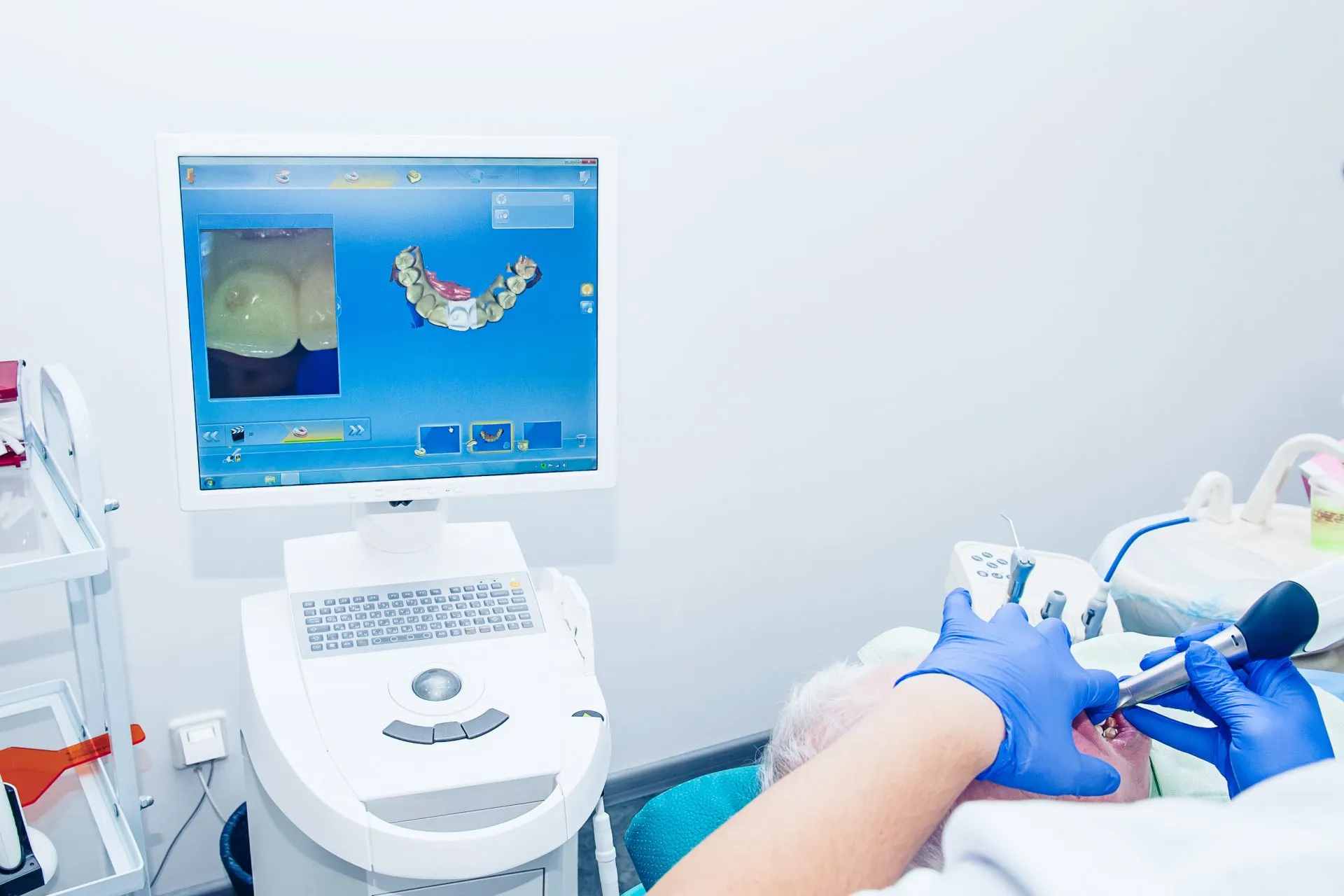
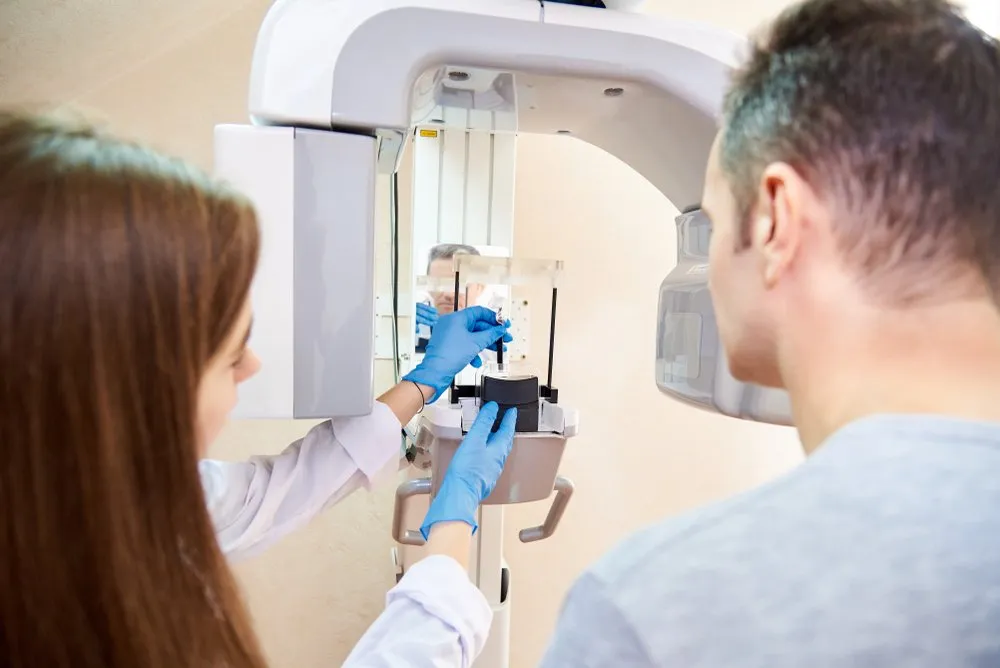
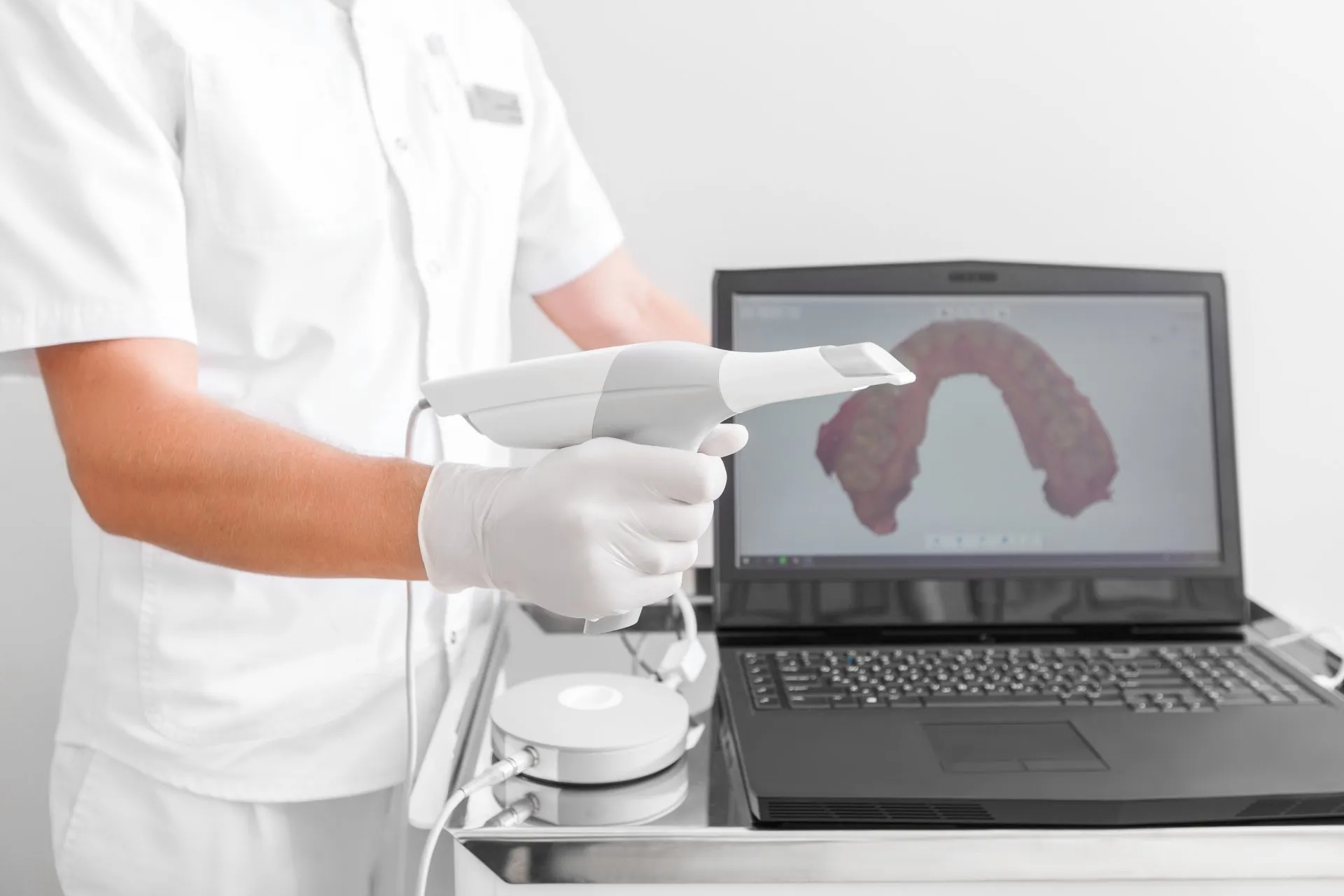
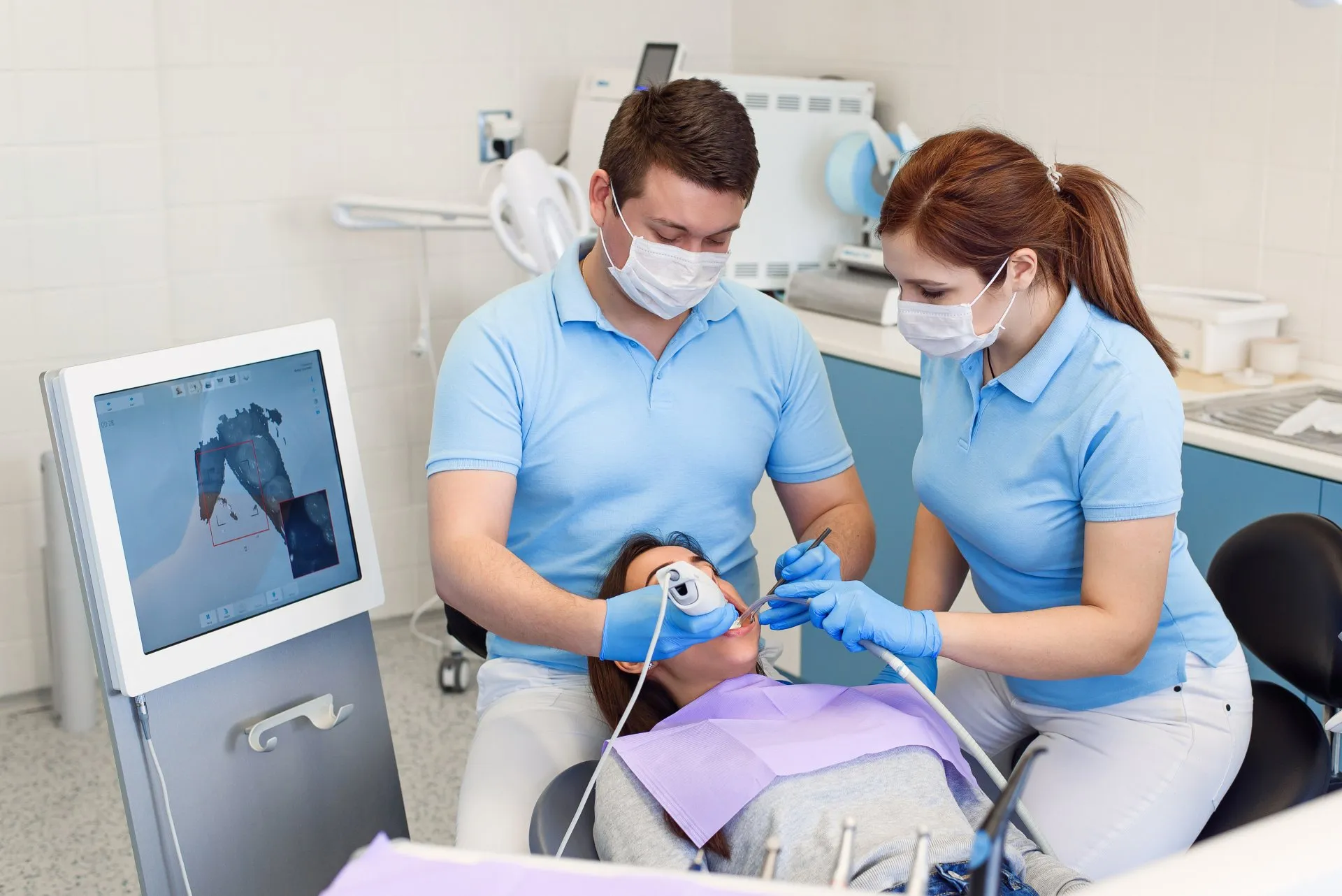
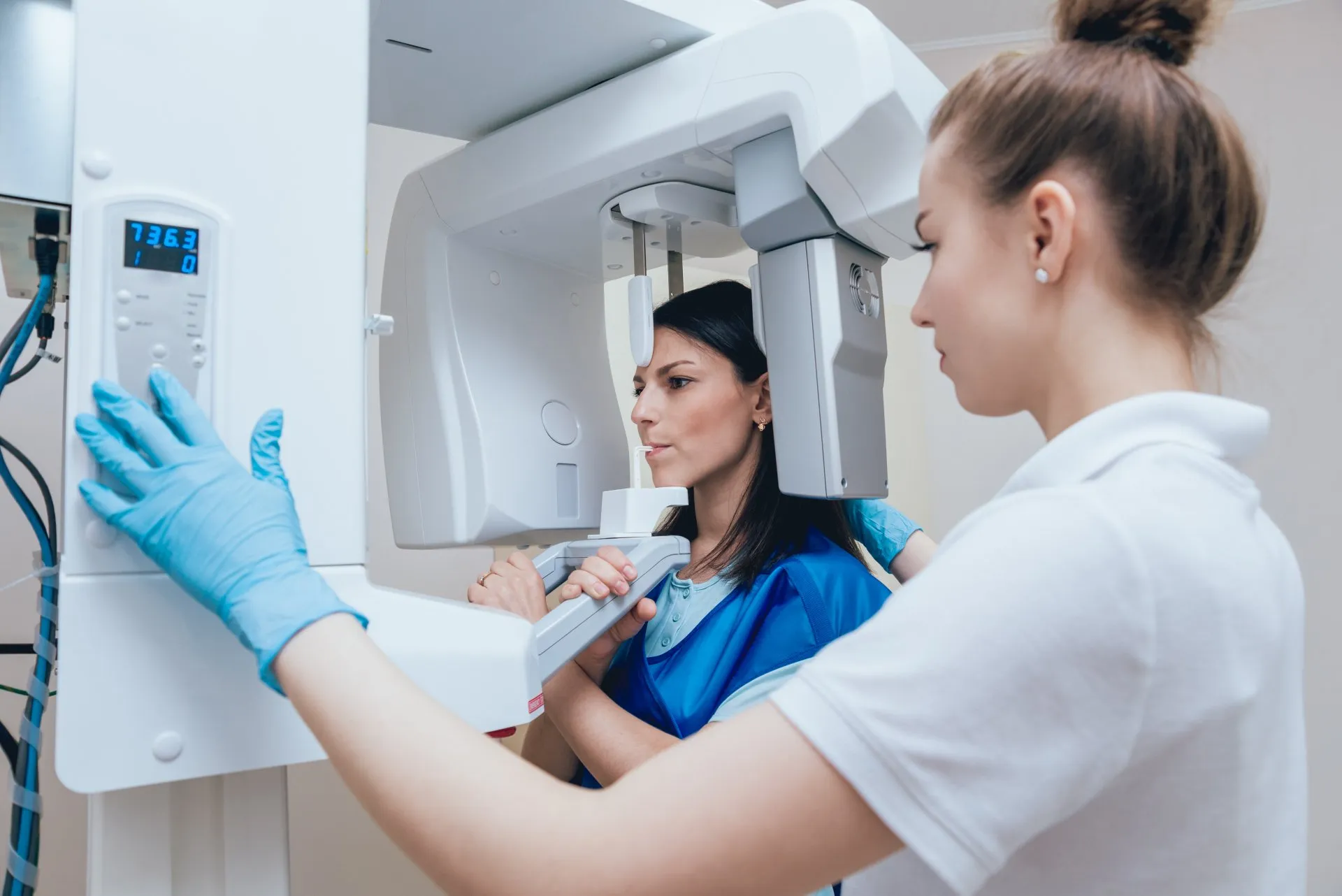
Digital X-Rays
Introduced in 1987, nearly 90 years after traditional x-rays came to fruition, digital radiography combined the power of computer technology with electric sensors and tiny bursts of radiation. Rather than printing the results on film, images form almost as soon as the sensors are placed in our mouths, projecting on a computer screen. Digital x-ray technology does demand additional training for dentists, though the majority of practitioners are adamant that the advantages are worth the commitment. Today, a lot of dental offices only offer patients digital x-rays because, in multiple ways, it is the superior option to traditional radiography.
- Less Expensive | Digital x-rays will generally cost you less than the traditional alternative because the cost of film to develop images for the latter adds up. In contrast, digital x-ray imaging projects right onto our computer.
- Better Storage | Since these digital x-ray images are transferred to a computer system, it allows for easier storage of your oral health records. Your data can be transferred from one dentist to another without any medical data being lost in the exchange.
- Finer Images | Digital x-ray images produce a better resolution than their traditional counterpart. Also, old-fashioned x-rays can only project images in 25 various shades, whereas a digital image can reveal up to 256 shades of grey. Digital radiography also has the advantage of accessing more angles within our mouths, providing a streamlined view of a patient’s entire oral structure. With the assistance of computer programs, dentists can even enhance the digital images further, for a focused view.
CBCT Machine
Dental cone beam computed tomography (CBCT) is a special type of x-ray machine that is implemented in scenarios where normal dental or facial x-rays are insufficient. This variation of the CT scanner employs a special type of technology to generate 3D images of dental structures, soft tissues, nerve paths, and bone in the craniofacial area, in one scan. These images allow for more specific treatment planning. The CBCT machine has an x-ray beam, in the shape of a cone, which moves around you to create a large number of high-quality images, or views. It was developed as a means to produce similar images to what a CT provides, though with a significantly smaller and less costly machine that could be situated in an outpatient office. Providing detailed images of the bone, the CBCT machine evaluates diseases of the jaw, dentition, bony structures of the face, sinuses, and nasal cavity. One shortcoming is that it does not provide the comprehensive diagnostic information available with conventional CT, especially in the analyzing of soft tissue structures such as muscles, glands, nerves, and lymph nodes. The CBCT machine can also be used for reconstructive surgery, cephalometric analysis, locating the origin of pathology, surgical planning for impacted teeth, diagnosing temporomandibular joint disorder (TMD), and for the accurate placement of dental implants.
Intraoral Camera
About the same size as a marker, intraoral cameras are digital imaging tools used to create high-resolution images of your teeth, gums, and other hard-to-reach places in your mouth. Intraoral cameras help dental professionals detect dental issues, such as tooth decay, periodontal disease, and oral cancer. Other great benefits include:
- You can see, with precision, where you need to focus on brushing or flossing.
- You can see the difference before and after treatment.
- You can see magnified images of your teeth and gums, which helps dental professionals diagnose gum disease and cavities, and if caught early, can help prevent them.
- These photos provide proof for insurance companies to give you the coverage you need.
- Intraoral cameras also limit your time in the office because the images are produced in real-time, and the outcomes are available almost immediately.
Primescan Intraoral Scanner
Primescan Intraoral Scanner is the newest form in digital imaging. It provides patients with a safe and complete oral impression without the use of radiation. The use of Primescan Intraoral Scanner is also non-invasive and quite simple. The technology allows our patients to be in-and-out of the office in a few short minutes. This piece of equipment is environmentally friendly too, meaning no films, chemicals, or disposals of molds. We receive instant digital images of your full mouth which helps speed along your treatment plans. Experience the joys of living in the digital age.
ARES Sleeping Test
Assessing sleep disorders requires our dentist to accumulate as much data as possible before recommending a treatment plan. This information includes factors that cannot be determined when a patient is awake, such as sleeping position, snoring volume, and other indicators of various sleep disorders. The Apnea Risk Evaluation System (ARES) is an intuitive device utilized to measure several symptoms that patients exhibit in their sleep. First, an ARES questionnaire is provided to patients and the data from this survey looks at snoring history, ethnic background, sleep quality, and more to conclude if a home sleep test is a suitable method of testing. If so, we explain the instructions and demonstrate how you put the unit on before going to sleep. A sensor touches the forehead, and two hose nodules connect to the nostrils, detecting your breathing throughout the night. The ARES test monitors your blood oxygen saturation, nasal airflow, pulse rate, heart rate, and snoring level. At any point, if the sensors or nodules dislodge, the device will attempt to wake you up with a repetitive, loud auditory signal. After you have completed the sleep test, our dentist will analyze the data and determine if further tests or a treatment plan are required.
Dental Laser
Diode Laser | The diode laser is useful for procedures that involve soft tissues, and are great for sterilizing endodontic canals, treating periodontal disease, and teeth whitening. It is a tool that offers a wide array of clinical treatment possibilities and is capable of great precision thanks to its portability and touchscreen controls. It has been shown to be helpful in treating challenging periodontal conditions while providing rapid healing and reduced swelling.
Digital Scanner (iTero)
In 2007, the dental industry made another advancement with a new piece of technology called the iTero digital scanner. This piece of technology takes highly accurate 3D scans of your mouth. The iTero digital scanner is commonly used to help dental professionals create accurate models for dental restorations which include implants, crowns, and veneers. It is also commonly used for orthodontics to identify issues that may occur during an orthodontic treatment, such as for braces or clear aligners.
